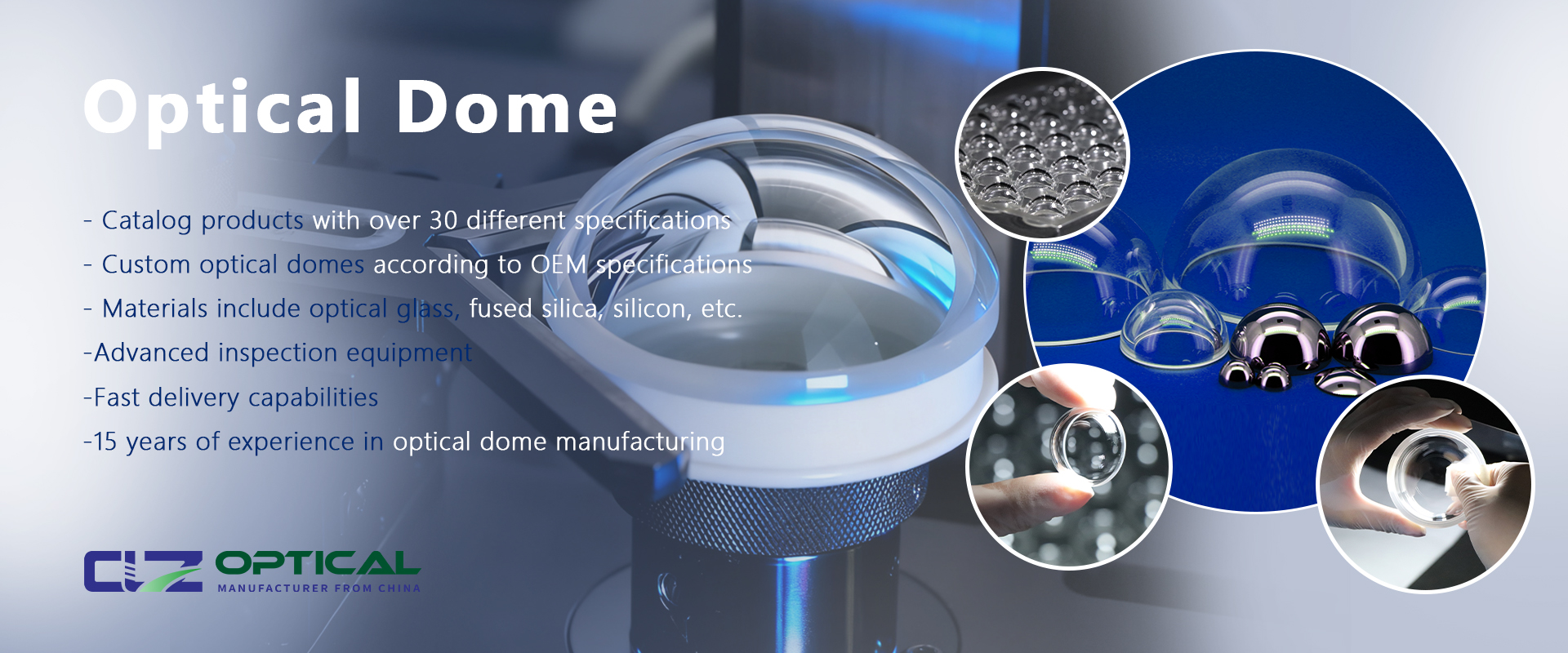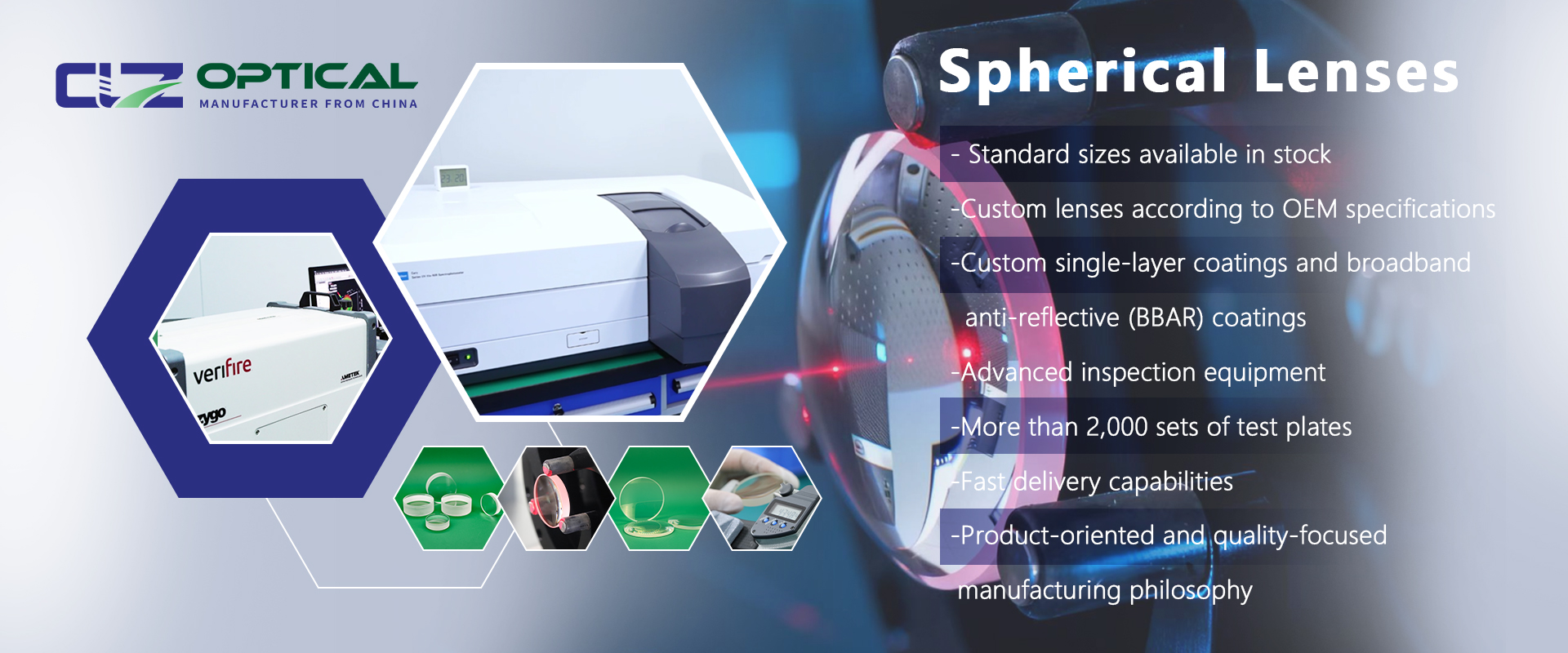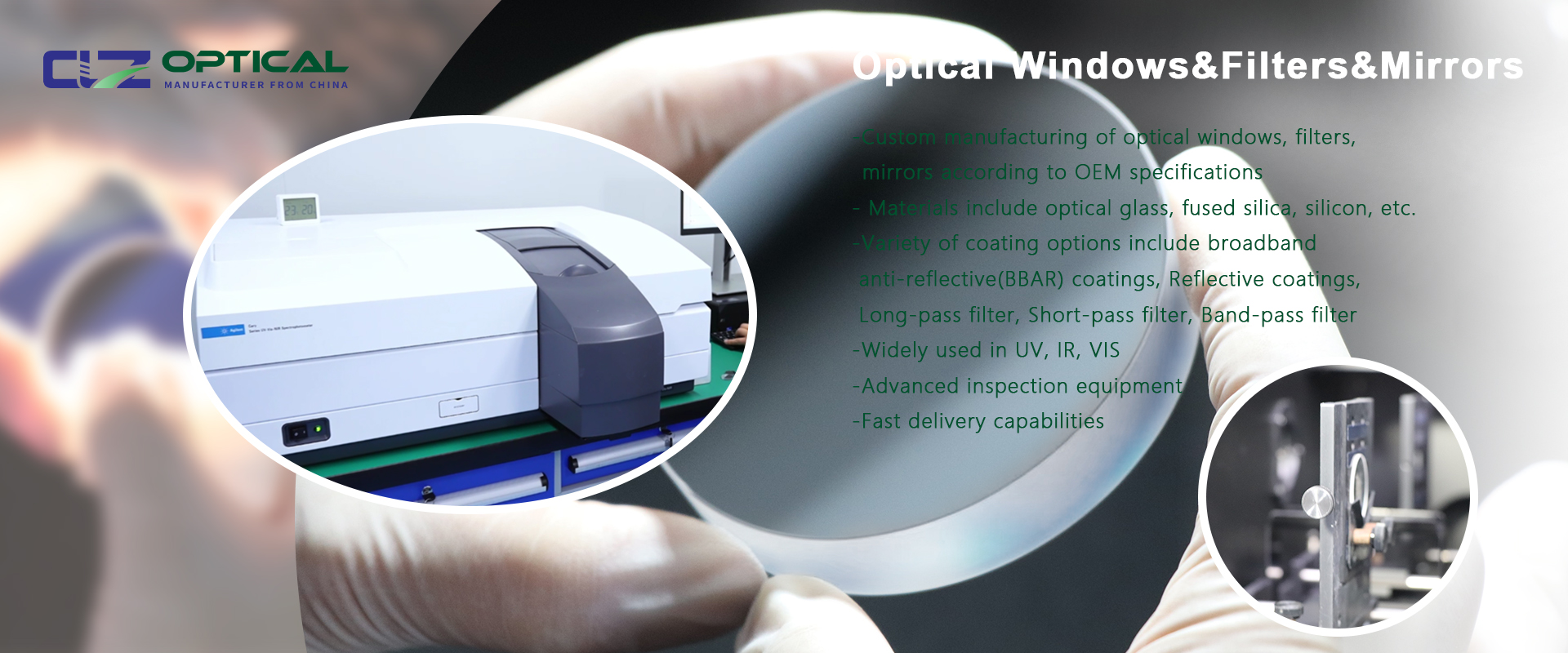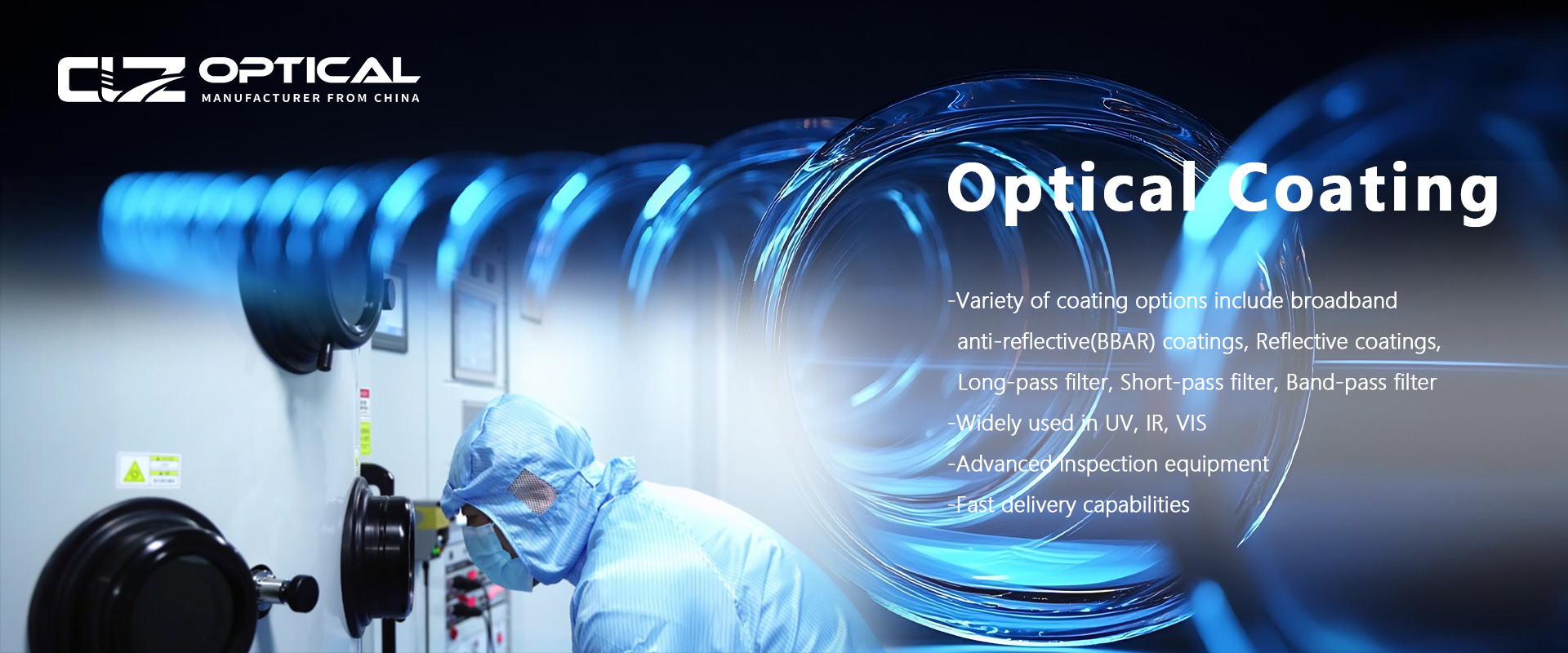Plano-convex lenses and their applications
Jul. 30, 2024
Know about Plano-convex lenses
A plano-convex lens is a lens with one flat surface and one convex surface. Plano-convex lenses are used in many applications, including telescopes, scopes, magnifiers, light receivers, and condensers, and they can be combined with other lenses to form imaging systems. As the most common lens element, a plano-convex lens is a converging lens with one flat surface and one convex surface that can focus, collect, and collimate light. More specifically, the two surfaces of a plano-convex lens work together by focusing parallel light rays to a positive focus. In doing so, a plano-convex lens can form a real image that can be easily manipulated by using a spatial filter.
CLZ Optical Co., Ltd. is a manufacturer specializing in the production of optical components, with spherical lenses, including plano-convex lenses, as its main products.
CLZ Optical Co., Ltd. stocks plano-convex lenses ranging from 10mm to 250mm in diameter with a full range of focal lengths to meet your needs. We can also customize optical components to meet your requirements using a variety of optical materials, such as optical glass, fused silica, silicon, and more.
The curved surface of a plano-convex lens has a focusing effect on light, while the flat surface has no focusing or defocusing effect. The asymmetry of a plano-convex lens reduces spherical aberration in applications where the image and object are unequal distances from the lens. Typically, a parallel beam (or distant light source) is incident from the convex surface to minimize spherical aberration, and beams emitted from the flat side are collected. Plano-convex lenses are used to impose focal points on optical systems and collimate diverging beams. Maximum sharp focus is achieved when the curved portion of the lens is facing the object. Plano-convex lenses have both a positive focal length and an orientation that plays a key role in determining image quality.
For systems where image quality is not critical, plano-convex lenses can be used as simple imaging lenses. To obtain higher quality images, it is recommended that you use a cemented lens. Plano-convex lenses are ideal for applications where light is collimated or monochromatic illumination is focused, such as telescopes, microscopes, collimators, optical transceivers, magnifiers, condenser systems, and eyepieces. They are also suitable for collimation or monochromatic processing applications such as industry, pharmaceuticals, robotics, or defense.
To further enhance the capabilities of plano-convex lenses, anti-reflective coatings can be added to meet the requirements of various optical systems, lasers, and components. When plano-convex lenses are used for laser cutting, that is, for cutting steel or other thicker materials, they are best suited for high-turnover cutting applications and cutting of thick materials, providing users with a larger cutting width, thereby improving the ability of laser oxygen to enter the material, helping the cutting process. At the same time, plano-convex lenses also provide a greater depth of field to help create edges without taper.
What are the applications of plano-convex lenses?
-Optical Instrument
1. Microscope: In a microscope, plano-convex lenses are used to focus light and to improve the clarity and resolution of microscopic images by adjusting the focal length of the plano-convex lens;
2. Telescopes: plano-convex lenses are also commonly used in telescopes, where they are combined with other lenses to form an imaging system that helps people observe objects at a distance.
-Laser Technology
1. Laser Focusing: Plano-convex lenses are often used as focusing elements for laser beams. By adjusting the position and angle of the lens, precise control of the laser beam diameter and focus position can be realized.
2, laser heat treatment, welding, cutting: In these industrial applications, plano-convex lenses are used to adjust and focus the laser beam to achieve precise processing results. Spot size or imaging quality is not the most important factor, but the stability and optical properties of the lens have a significant impact on processing quality.
-Medical Diagnostics and Imagine
1. Eye exams: In eye exams, plano-convex lenses are used to correct vision problems caused by refractive errors in the eye. By wearing or implanting the proper plano-convex lens, light rays can be focused correctly on the retina, thus improving vision.
2. Medical imaging: Plano-convex lenses are also widely used in medical imaging techniques such as ultrasound imaging and optical coherence tomography. They are used to focus and adjust the path of light to achieve high-resolution imaging of body tissues and diseased areas.
-Photography and videography
PHOTOGRAPHIC LENSES: In photography, plano-convex lenses are used to adjust the focal length, increase the depth of field, and make the image sharper. Photographers can achieve different shooting effects by changing plano-convex lenses with different focal lengths.
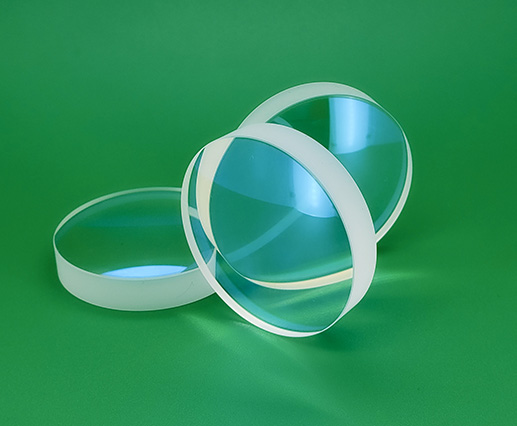
Previous: What are sapphire windows used for?












